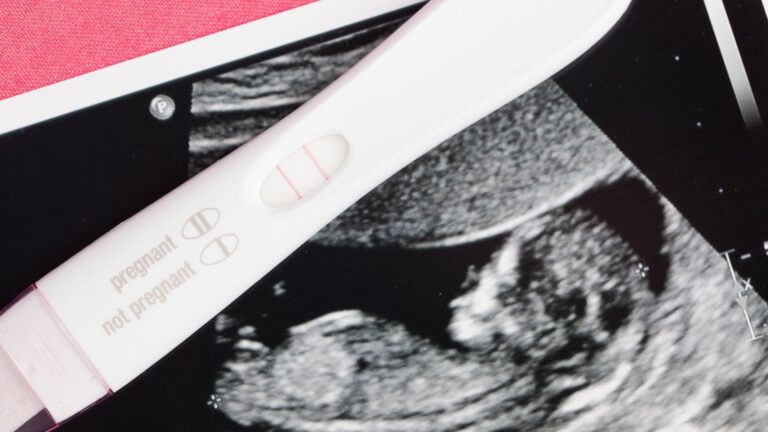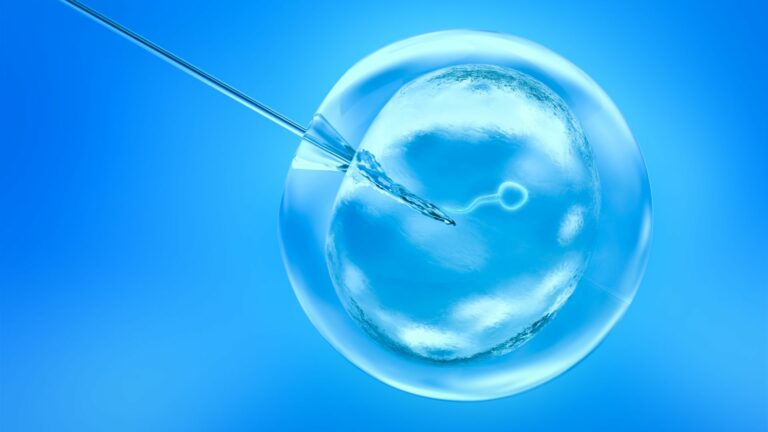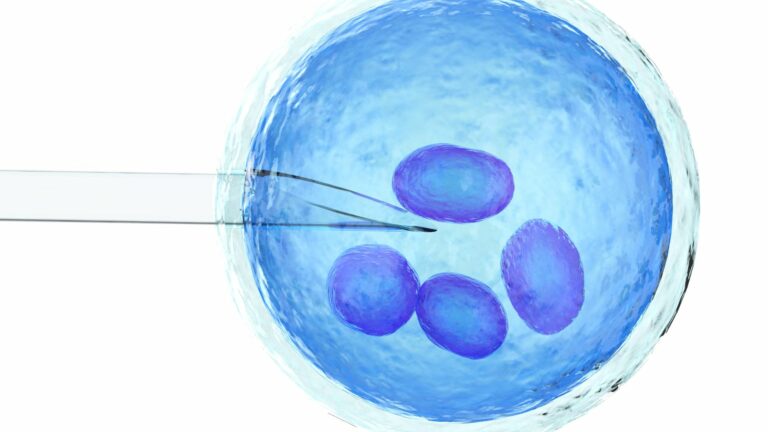
In Vitro Fertilization (IVF) is a widely recognized assisted reproductive technology that has been a beacon of hope for countless couples facing fertility challenges.
While IVF has evolved dramatically, increasing both the success rates and safety of the procedure, particular genetic challenges like balanced translocations require a more nuanced approach to ensure the highest chances of success.
What are Balanced Translocations?
Balanced translocations are a form of chromosomal rearrangement characterize by the exchange of segments between two chromosomes.
Although the total amount of genetic material remains unaffected, which ostensibly does not cause any immediate health issues to the carrier, this rearrangement can profoundly impact fertility and the health outcomes of offspring.
Balanced translocations affect approximately 1 in 500 individuals but often go unnoticed until a couple faces fertility challenges.
During the IVF process, understanding and managing balanced translocations are crucial because they can lead to embryos with unbalanced chromosomal sets.
This discrepancy arises during the formation of sperm or eggs when the rearranged chromosomes may not segregate properly, leading to what are known as unbalanced translocations.
These embryos often struggle to implant in the uterus or develop properly, significantly increasing the risk of miscarriages and birth defects.
The Role of IVF in Managing Balanced Translocations
IVF provides a unique opportunity to help couples with balanced translocations achieve successful pregnancies.
Through controlled ovarian stimulation and egg retrieval, coupled with Intracytoplasmic Sperm Injection (ICSI), embryos can be created in a laboratory setting where their development and genetic health can be closely monitored.
This is vital as it allows for the selection and transfer of embryos without unbalanced translocations, thus increasing the odds of a successful pregnancy and a healthy baby.
The Promise of Preimplantation Genetic Testing for Structural Rearrangements (PGT-SR)
Preimplantation Genetic Testing for Structural Rearrangements (PGT-SR) significantly enhances the effectiveness of IVF for couples dealing with balanced translocations.
This advanced genetic screening process involves the analysis of embryos’ chromosomes before they are transferred to the uterus.
By ensuring the selected embryos are free from unbalanced translocations, PGT-SR not only boosts the likelihood of implantation but also decreases the chances of miscarriage associated with chromosomal anomalies.
As couples embark on this emotionally and financially taxing journey, understanding and leveraging advanced techniques like PGT-SR can be a game-changer, offering a much-needed ray of hope and a real chance at parenthood.
Coupled with continuous support from health professionals and access to resources from accredited IVF centers across India, including Moradabad, Mysore, Aligarh, and Jalandhar, couples can navigate their path to parenthood with greater confidence and support.
Key Takeaways:
- Balanced Translocations: Chromosomal rearrangements that can significantly impact fertility and embryo development.
- IVF and Balanced Translocations: IVF offers a controlled environment to manage and select embryos free from genetic anomalies.
- Role of PGT-SR: A critical tool in identifying and selecting embryos without unbalanced translocations, enhancing success rates.
As part three of this series will explore, while balanced translocations present unique challenges, the integration of targeted genetic testing within the IVF process opens up the potential for affected couples to achieve successful pregnancy outcomes.
For those who have experienced setbacks, knowledge about coping with IVF failure and the psychological effects of IVF can provide essential coping mechanisms and support throughout their journey.
The Detailed Process of PGT-SR
Step-by-Step PGT-SR with IVF
PGT-SR is not just a supplementary procedure; it’s a transformational approach that intertwines with the IVF process to ensure the highest chances of success for couples with balanced translocations. Here’s how the process typically unfolds:
IVF Cycle Initiation: Similar to a standard IVF procedure, the process starts with hormonal treatments to stimulate the ovaries to produce multiple eggs, maximizing the chances of retrieving viable oocytes.
Egg Retrieval: When the eggs reach maturity, they are carefully retrieved in a procedure known as oocyte retrieval.
Sperm Collection and ICSI: Sperm is collected and often directly injected into the retrieved eggs through ICSI, a technique that enhances fertilization rates, especially important in cases with male factor infertility.
Embryo Culturing: Post-fertilization, the embryos are cultured in the lab for several days, allowing them to develop to the blastocyst stage.
Embryo Biopsy: A few cells are gently extracted from each blastocyst for chromosomal testing. This biopsy is a critical step where precision and expertise are paramount to avoid damaging the embryo.
Genetic Testing: The removed cells undergo PGT-SR, which precisely evaluates the embryos for the specific balanced translocation and any resulting unbalanced arrangements.
Selection and Transfer: Only embryos with the correct chromosomal balance are selected for transfer into the uterus, significantly increasing the likelihood of a healthy pregnancy.
Implantation and Pregnancy Test: After transfer, the wait begins for implantation to occur, followed by a pregnancy test to confirm the successful start of pregnancy.
The Impact of PGT-SR on IVF Success
Integrating PGT-SR into the IVF journey can dramatically influence the outcome by ensuring that only genetically healthy embryos are chosen for pregnancy attempt.
This increases the overall IVF success rate and decreases the risk of miscarriage, which is particularly high in cases with chromosomal abnormalities like unbalanced translocations.
Considerations When Opting for PGT-SR
While PGT-SR offers substantial benefits, it’s essential for couples to:
- Engage with a genetic counselor who can provide detailed insights into the genetic aspects and what to expect from the testing.
- Choose an IVF center with robust PGT-SR capabilities. Clinics in various regions, including Jalandhar, Gurgaon, Mysore, Moradabad, and Aligarh, are equipped with the necessary technology and expertise.
Conclusion
For couples navigating the complex challenges of balanced translocations, PGT-SR embedded within the IVF process can open doors to parenthood that might seem closed.
By focusing on genetic health from the earliest stages of embryo development, this integrated approach offers a promising path to having a healthy baby, underpinned by advanced science and compassionate, specialized care.






